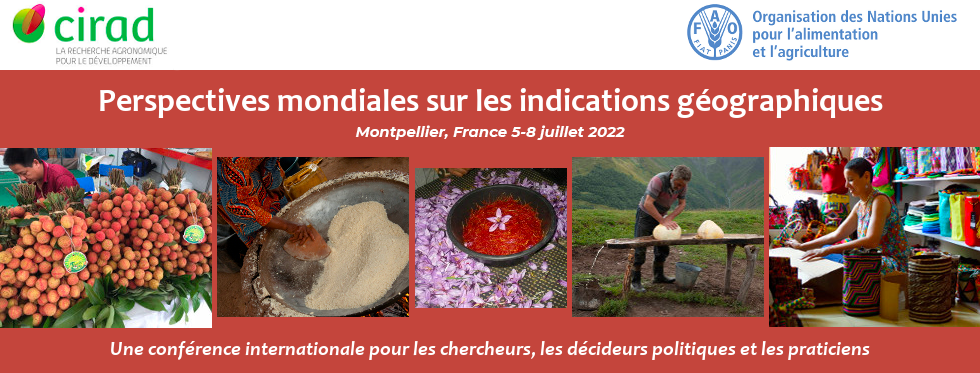Many studies reveal that obtainment of Geographical Indication (GI) adds value to the product, producers, and its' local origin territory. It becomes an alternative income source for the farmers which also helps in keeping manpower in the countryside by generating work opportunities and recognition. These product's quality has been appreciated in gastronomy and attracts rural tourism, hence playing sustainability hole to these locals. Furthermore, this agriculture production can incorporate history and cultural heritage. In Brazil, law number 9,279 of May 14th, 1996, regulates the rights and obligations related to industrial property, and it is the National Industrial Property Institute's responsibility to analyze the juridical issues over GI for Designation of Origin (DO). In this law's art. 178, DO considers the country's geographic name, city, region, or location in its territory, which designates a product or service's qualities exclusively and essentially due to its geographic means, including natural and human factors. Due to the mild temperatures and its location between the Atlantic Ocean and Patos' lagoon, therefore having saltier pastures because of the salty spray of the ocean, the lambs from the cities of Palmares do Sul, Mostardas, Tavares, and São José do Norte, located at the coastal peninsula of Rio Grande do Sul, have obtained attention. Agriculture, fishery, and livestock are the main economic activities of the region. The local sheep's breeding is mainly intended for local consumers, therefore, initiatives to develop the lamb production chain will be very valuable for the economic and social development of those cities. Additionally, the farms are mostly small-scale, so ideally for sheep breeding. The present study's purpose is to prospect the salt lamb's productive chain in the coastal peninsula within the cities of Palmares do Sul, Mostardas, Tavares, and São José do Norte, located in the Rio Grande do Sul, Brazil. The project also intends to analyze the technical viability of obtaining GI for DO on salt lamb, to gather an association of local producers, and to structure the productive chain to future promote social and economic local development. To do so, a group of local lamb producers, meat chain suppliers, and food researchers are meeting twice a month to better understand the Brazilian guidelines on GI for DO. The meetings are coordinated by a GI specialist, and it has been focusing on collecting all data and information regarding the salt lamb product and process and the coastal peninsula of Rio Grande do Sul, Brazil. This promising strategy promotes knowledge exchange between product chain members, and it may help to find errors, difficulties, and improvements, and highlight advantages and challenges. It may contribute to better organize the production system and explore sustainability for the salt lamb products.

Actes de la Conférence > Contributions par auteur > Sessim Borges Dina Giovana
VIABILITY STUDY ON OBTAINING A GEOGRAPHICAL INDICATION FOR DESIGNATION OF ORIGIN ON SALT LAMB FROM THE COASTAL PENINSULA OF RIO GRANDE DO SUL, BRAZIL
1 : National University of Río Negro [El Bolson]
2 : Chercheur indépendant
Chercheur indépendante
3 : Universidade do Vale do Rio dos Sinos
(UNISINOS)
* : Auteur correspondant


